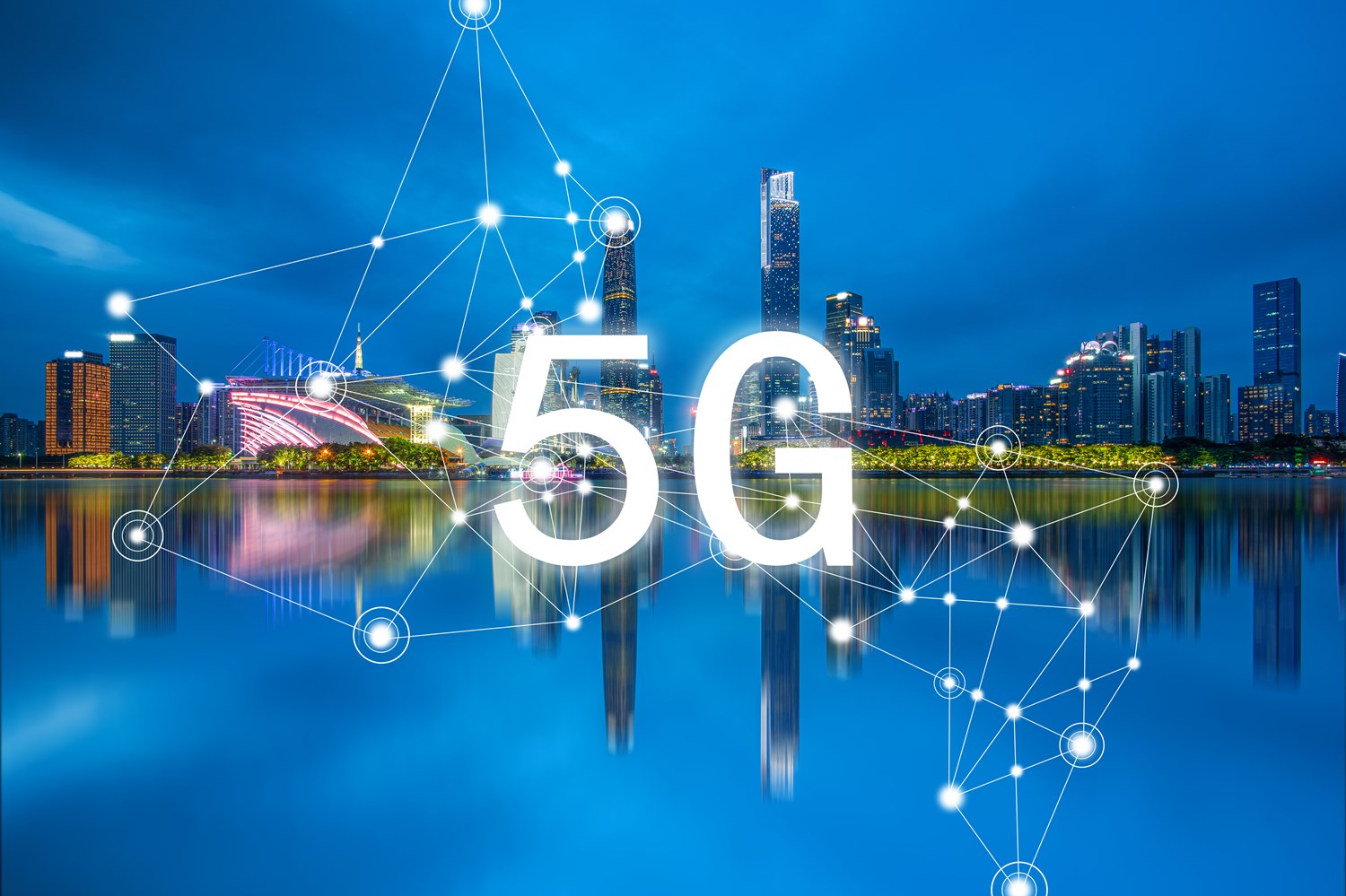Share | The basics of 5G wireless networks


Wireless networks have improved significantly over the past few years as consumers and businesses deploy more and more mobile devices to access new 5G fixed and mobile networks.
The first large-scale rollout of commercial 5G wireless networks took place in 2019. Since then, mobile network operators (MNOs) have been working to expand the reach of this new high-speed, low-latency cellular standard.
What is 5G?
The 3rd Generation Partnership Project (3GPP) released the first 5G New Radio (5G NR) specification in 2017 as part of its 15th release. Since its initial commercial launch, 5G has surpassed real-world 4G download speeds. Actual 5G speeds depend on the frequencies the technology uses, such as low-band, mid-band, or high-band.
High-band 5G ranges from 24 GHz to 39 GHz and uses millimeter wave (mmWave) spectrum. High-band 5G can deliver data speeds in excess of 1 Gbps, but only if users are outdoors and up to 1,000 feet away from a mobile 5G mmWave base station. Users need to be near a 5G base station or small cell to get adequate mobile coverage.
Carriers provide much of the world with mid-band spectrum -- ranging from 1.7 GHz to 4.7 GHz -- enabling download speeds of over 100 Mbps and signal coverage for miles. The three major U.S. mobile network operators have used low-band 5G to cover large areas, offering data speeds of just over 50 Mbps. Still, low-band is faster than the 20 Mbps average download speed that 4G LTE offers.
Another important 5G technology capability is low latency. In a best-case scenario, network response time (the length of time it takes a packet to reach its destination) is about 70 milliseconds (ms) for 4G LTE. The response time of a true 5G network can be as low as 10ms to 20ms.
However, most 5G networks in operation today are not true 5G networks. Most 5G networks are non-standalone (NSA) networks, meaning they connect the radio access network (RAN) elements of 5G to the 4G core to control routing, forwarding and user mobility functions. The NSA network represents most of the 5G currently available globally.
The Standalone (SA) specification using the 5G core and RAN was finalized in June 2018, but few MNOs have implemented it. Currently, T-Mobile is the only major US mobile network operator to roll out SA, while China Mobile, China Telecom and China Unicom have already deployed SA in China.
There are also some operators around the world deploying SA, but the most interest in SA is coming from enterprises looking to deploy private 5G networks in enterprise factories and facilities. Companies can use the low latency provided by private networks for applications such as indoor critical communications and industrial robotics.
Types of 5G Wireless Network Services and How They Work
Mobile network operators currently offer two types of 5G services: fixed wireless access (FWA) and mobile 5G. Here's how these two 5G wireless network services work.
Fixed 5G wireless broadband
Fixed wireless broadband is a set of services designed to provide a last-mile internet connection to a business or home using radio signals rather than a wired connection directly to the premises. To provide fixed wireless broadband, operators deploy 5G radios in base stations or small cells such as street lights and utility poles.
5G radios transmit signals to wireless modems installed in buildings and residences, replacing the need for fiber-optic, cable, or other wired connections. FWA services are based on mid-band or mmWave 5G. FWA services often deploy repeaters to extend the reach of fixed services from small cells or base stations to the user's home.
In December 2017, 3GPP completed the 5G NR standard required for fixed broadband wireless. Verizon and T-Mobile are the main representatives of FWA in the US, along with some smaller carriers and startups.
5G Mobile Services
Mobile network operators initially deployed NSA mobile 5G services in 2019, but major mobile network operators in North America, Europe, and Asia have only recently started nationwide mobile 5G coverage. Data speeds vary widely, depending on the types of frequencies that mobile 5G supports.
5G wireless networks in the enterprise
With the rise of commercial private 5G networks, businesses are beginning to fully see the promise of 5G technology for businesses. IDC recently reported that private 5G will enter limited commercial availability in 2022.
"To date, most private 5G projects are still in the pilot phase or pre-commercial deployment stage," IDC said. "While private 5G is still in its infancy from a market size perspective, there is a lot of appreciation for what it can offer. Appetite and interest are very real."
Companies planning to roll out private 5G networks will need RAN hardware — small cells or base stations — 5G core software and equipment to work on the frequencies of their choice. Access to radio spectrum is one of the most difficult aspects of private network deployment.
In the US, companies can use Citizens Broadband Radio Service (CBRS) mid-band spectrum for 5G private networks. In parts of Asia and Europe, governments allocate spectrum for private networks. Many web-scale IT companies, such as Amazon and Cisco, are creating divisions dedicated to deploying private networks. Mobile and cable operators are also looking to get in on the action.
For example, Comcast spent $495 million to purchase 830 CBRS priority access licenses that can be assigned to private networks across the country. Verizon also has global deals for private networks. The operator joined the field in April 2021 after signing an agreement to provide private 5G network connectivity to the UK port of Southampton.
Service Providers Are Driving 5G Development
5G is now available in most of Asia, Europe and North America, as well as some countries in Africa. In December 2021, Internet performance metrics analysis firm Ookla reported that the US had the highest 5G availability at 49.2%, followed by the Netherlands at 45.1% and South Korea at 43.8%. Ookla added that Seoul, South Korea had the highest median 5G download speed at 530.83 Mbps, followed by Oslo, Norway, at 513.08 Mbps.
In the United States, current deployments place a heavy emphasis on the use of mid-band spectrum.
AT&T says its C-band will cover 700 to 75 million people by the end of 2022. T-Mobile said in April 2021 that it expects its 2.5 GHz spectrum to reach 250 million people in the United States by the end of 2022. Meanwhile, Verizon announced that it expects to reach 175 million people on its C-band spectrum by the end of 2022. This is in addition to the high-band and low-band 5G deployments already underway by major U.S. mobile network operators.
This article was originally written by Jean DerGurahian and expanded by Dan Jones to reflect the evolution of 5G technology and deployment.